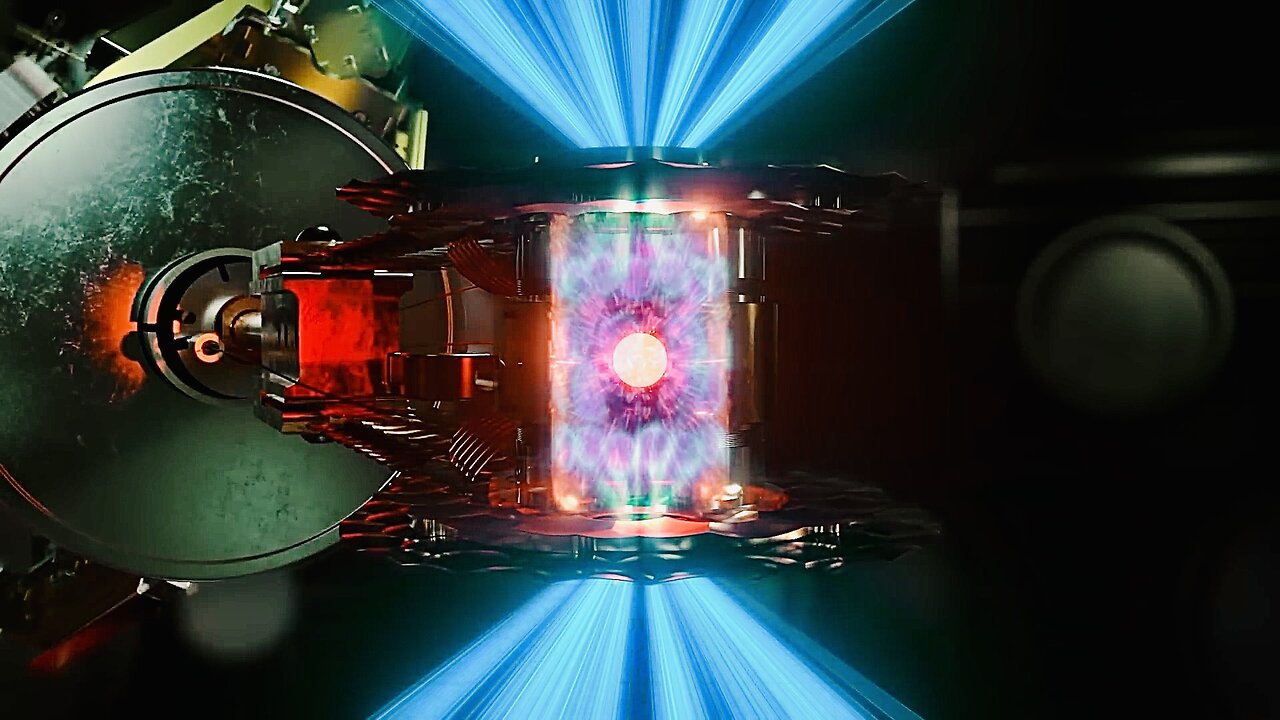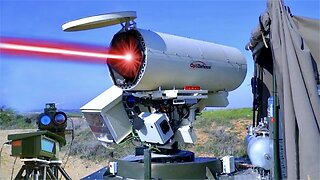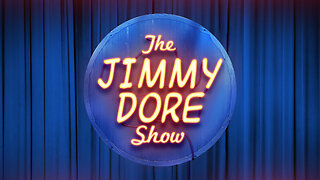Premium Only Content

World's First Successful Fusion Ignition Test ~ Fusion Power On It's Way
Scientists announce first nuclear fusion ignition. Why is it a milestone?
On Dec. 5, 2022, a team at Lawrence Livermore National Laboratory’s National Ignition Facility conducted the first controlled fusion experiment in history to achieve fusion ignition. Also known as scientific energy breakeven, the experiment produced more energy from fusion than the laser energy used to drive it. The achievement is a major scientific breakthrough that was decades in the making, and will provide unprecedented capability to support the National Nuclear Security Administration’s Stockpile Stewardship Program and provide invaluable insights into the prospects of clean fusion energy.
Nuclear fusion is a process in which atomic nuclei combine to form a heavier nucleus, releasing a large amount of energy in the process, according to Einstein’s famous equation, E=mc^2.
Fusion ignition means the fusion procedure produced more energy than it consumed. From an input of 2.05 megajoules, it released over 50 per cent energy - 3.15 megajoules.
What is Nuclear fusion?
Nuclear fusion is a process in which atomic nuclei combine to form a heavier nucleus, releasing a large amount of energy in the process. This energy is released because of the conversion of a small amount of mass into energy, according to Einstein’s famous equation, E=mc^2.
What is Nuclear fission?
Nuclear fusion and nuclear fission are two different types of nuclear reactions that release energy.
In a fission reaction, the nucleus of an atom is bombarded with a neutron, which causes it to split into two or more smaller nuclei. This releases a large amount of energy, which can be harnessed for practical purposes.
Key differences between nuclear fusion and nuclear fission:
1. Nuclear fusion reactions release much more energy than nuclear fission reactions. The energy released by fusion reactions is several times greater than the energy released by fission reactions, a report from the US's Office of Nuclear Energy states.
2. Nuclear fusion reactions can be fuelled by lighter elements, such as hydrogen and helium, which are abundant on Earth. Deuterium can be extracted from seawater, and tritium can be derived from naturally abundant lithium, the International Atomic Energy Agency states. Nuclear fission reactions require heavier elements, such as uranium or plutonium, which are not as abundant.
3. Nuclear fusion reactions are generally considered to be safer than nuclear fission reactions. Fusion reactions do not produce the long-lived radioactive waste that fission reactions do, and the fuel for fusion reactions is not as susceptible to being used for weapons.
4. While nuclear fusion has the potential to be a virtually limitless and clean source of energy, achieving controlled nuclear fusion on Earth has proven to be a technically challenging task. Nuclear fission, on the other hand, has been harnessed for practical purposes for decades, and is currently the primary source of nuclear energy worldwide.
Why is it hard to produce nuclear fusion?
Achieving controlled nuclear fusion on Earth has proven to be a technically challenging task for several reasons:
1. Nuclear fusion reactions occur at extremely high temperatures, typically on the order of millions of degrees Celsius. At these temperatures, the atomic nuclei are stripped of their electrons, creating a plasma, which is a state of matter similar to gas but with a much higher energy level. It is difficult to contain and control a plasma at these high temperatures, and this has been a major challenge in developing practical fusion reactions.
2. In order for a fusion reaction to occur, the plasma must be confined for a sufficient amount of time to allow the atomic nuclei to collide and fuse together. This requires the use of a magnetic field to hold the plasma in place. However, the plasma is constantly trying to expand and escape the magnetic field, and this has been a major challenge in developing practical fusion reactions.
3. Another challenge in achieving controlled nuclear fusion is that the reactions are not very efficient. Only a small fraction of the fuel used in a fusion reaction is actually consumed, and the rest is lost as heat. This makes it difficult to achieve a net gain in energy from a fusion reaction.
4. The materials used in a fusion reactor must be able to withstand the extreme temperatures and radiation of the fusion reaction. This has been a major challenge in developing practical fusion reactions, as the materials used must be able to withstand the harsh conditions without degrading over time.
Music: Star of the Conqueror (Robo Diablo Mix) by Dhruva Aliman -- Amazon- https://amzn.to/3eAjEgC - Apple - https://music.apple.com/us/artist/dhruva-aliman/363563637 - Spotify - https://open.spotify.com/artist/5XiFCr9iBKE6Cupltgnlet - Bandcamp - https://dhruvaaliman.bandcamp.com/album/what-must-be - http://www.dhruvaaliman.com/
#sustainability #fusion #energy
-
 2:41
2:41
Knowledge Land
5 months agoIsrael's New Powerful High Energy Laser Weapons - IRON BEAM & LITE BEAM
31 -
 LIVE
LIVE
The Jimmy Dore Show
18 minutes agoMamdani’s BIG WIN for the Powerful! Candace Owens SHOCKER About Kirk Assassination! w/ Russ Dobular
2,798 watching -
 LIVE
LIVE
Kim Iversen
1 hour agoAmerica Under INVASION - Sharia Law Wins In New York City?
6,021 watching -
 50:45
50:45
Redacted News
1 hour agoNick Fuentes & Tucker Carlson DESTROY Ben Shapiro, Cuomo collapses to a socialist | Redacted
10.5K26 -
 LIVE
LIVE
Dr Disrespect
6 hours ago🔴LIVE - DR DISRESPECT - BATTLEFIELD 6 - REDSEC - 10 WINS CHALLENGE
3,191 watching -
 LIVE
LIVE
Akademiks
2 hours agoAdin Ross x 6ix9ine x Akademiks stream
679 watching -
 LIVE
LIVE
StoneMountain64
4 hours agoBattlefield REDSEC HARDCORE, Ultra Movement, and CRAZY Portal Games
127 watching -
 1:09:44
1:09:44
Russell Brand
6 hours agoFrom Curb Your Enthusiasm to Courage — Cheryl Hines on Hollywood, RFK Jr. & Speaking Out - SF646
124K22 -
 1:30:26
1:30:26
The Quartering
4 hours agoWoke Is Back!
117K44 -
 1:18:21
1:18:21
DeVory Darkins
5 hours agoTrump issues CHILLING WARNING to GOP as SCOTUS hears arguments regarding Tariffs
108K98